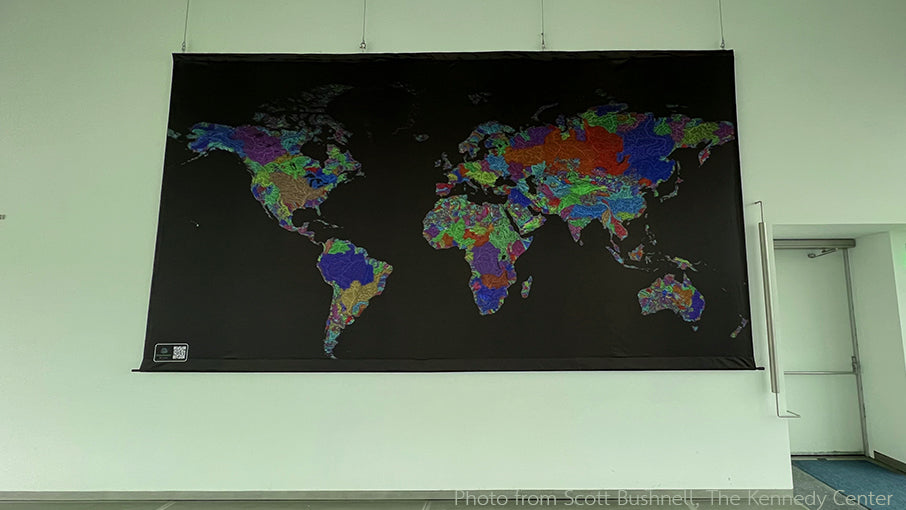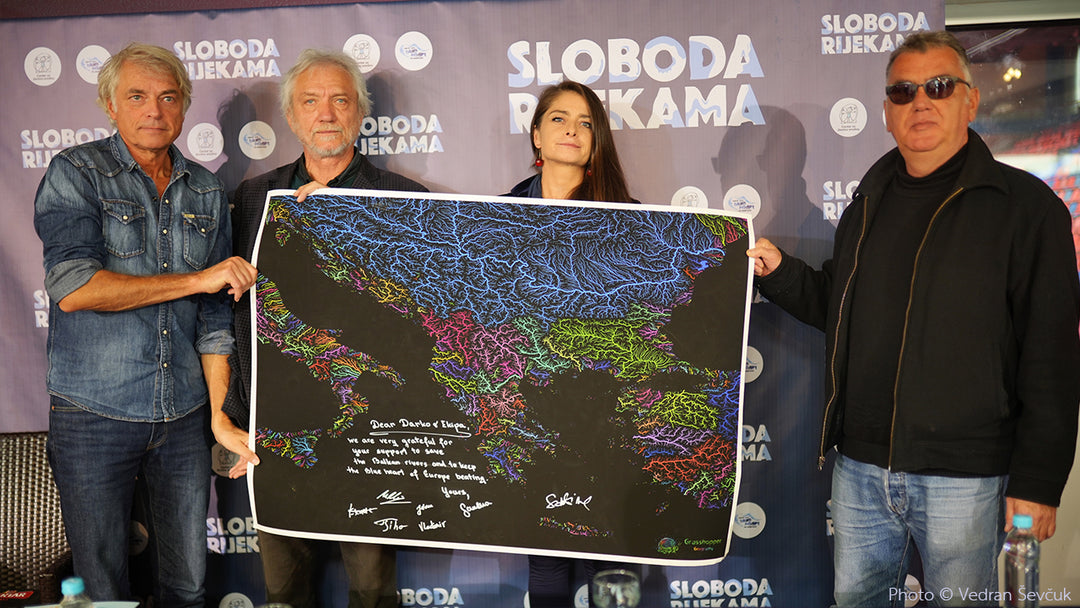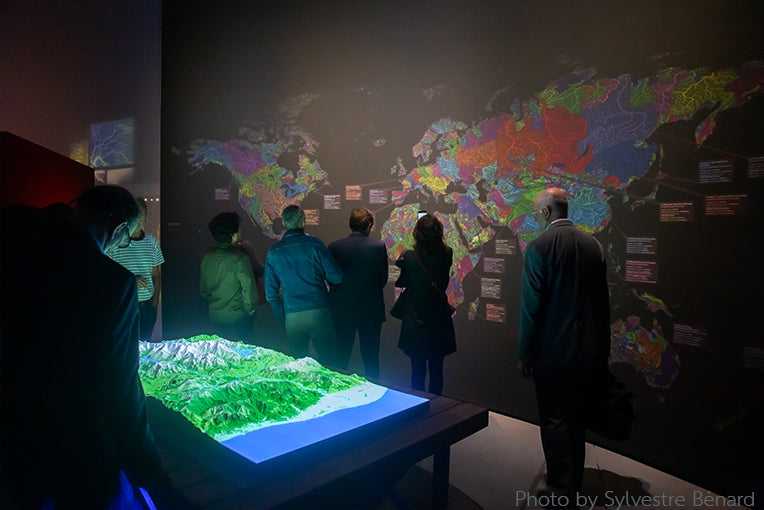Exhibited at La Biennale dello Stretto
The Biennale of the Strait (Italian: La Biennale dello Stretto) in December 2022 was the first time artists, architects and photographers gathered and exhibited at the Siacci Batteria Fort. The location was carefully chosen: the fort is the biggest one in the Messina Strait, playing an important role not only during the 20th century, but in the lives of the locals, ever since the war. The community had helped preserve and restore the building and the surrounding area so it could be reopened as a tourist attraction, as well as a cultural space. The reinvented fort offers an intimate dimension in which the relationship between the artist, the artwork, and the public is played out in a unique atmosphere.

The Biennale revolved around the question of Mediterranean identity, culture and geography, of how the area and its heritage is connected through water. The sea and its coastline, the ridgelines between the rivers and the streams that develop into permanent water flows, the river beds and the plains alongside unite the peoples of the Mediterranean. Water crosses architecture, landscape, history and art, and this exhibition successfully brought it all together. It was curated by architect Alfonso Femia (500x100) and professor Francesca Moraci within the cultural-editorial project Invisible Mediterranean(s) (Italian: Mediterranei Invisibili).

Alfonso Femia was already familiar with our work, as Grasshopper Geography maps have been the part of his TEMPODACQUA project at the Biennale di Pisa in 2019. He contacted us again with a proposal that we gladly and humbly accepted. Robert created river basin maps of the Mediterranean in different formats and styles and, with the help of their amazing team, our project proposal was ready way before the deadline. One of our submitted maps got exhibited as a major attraction in a room together with Egidio Cutillo and Stefania Schirò's Relitto. and Femia's own work.
Our maps fit perfectly in the Biennale's narrative, as they show all the permanent and temporary streams and rivers that run through our lands. If you start walking from the coast in these watersheds, following the rivers and streams up to their sources, you'll find people, histories, cuisines, families which are connected to the Mediterranean and to each other through water. These maps represent our connectedness, even through our differences. They also show how the Strait of Messina has the potential to be a focal point in building a new, collaborative future for the Mediterranean.
We are proud that we got a chance to be involved in this remarkable exhibition and we're already looking forward to contribute to the next Alfonso Femia project as well.

Some parts of the article were based on this text.







Leave a comment